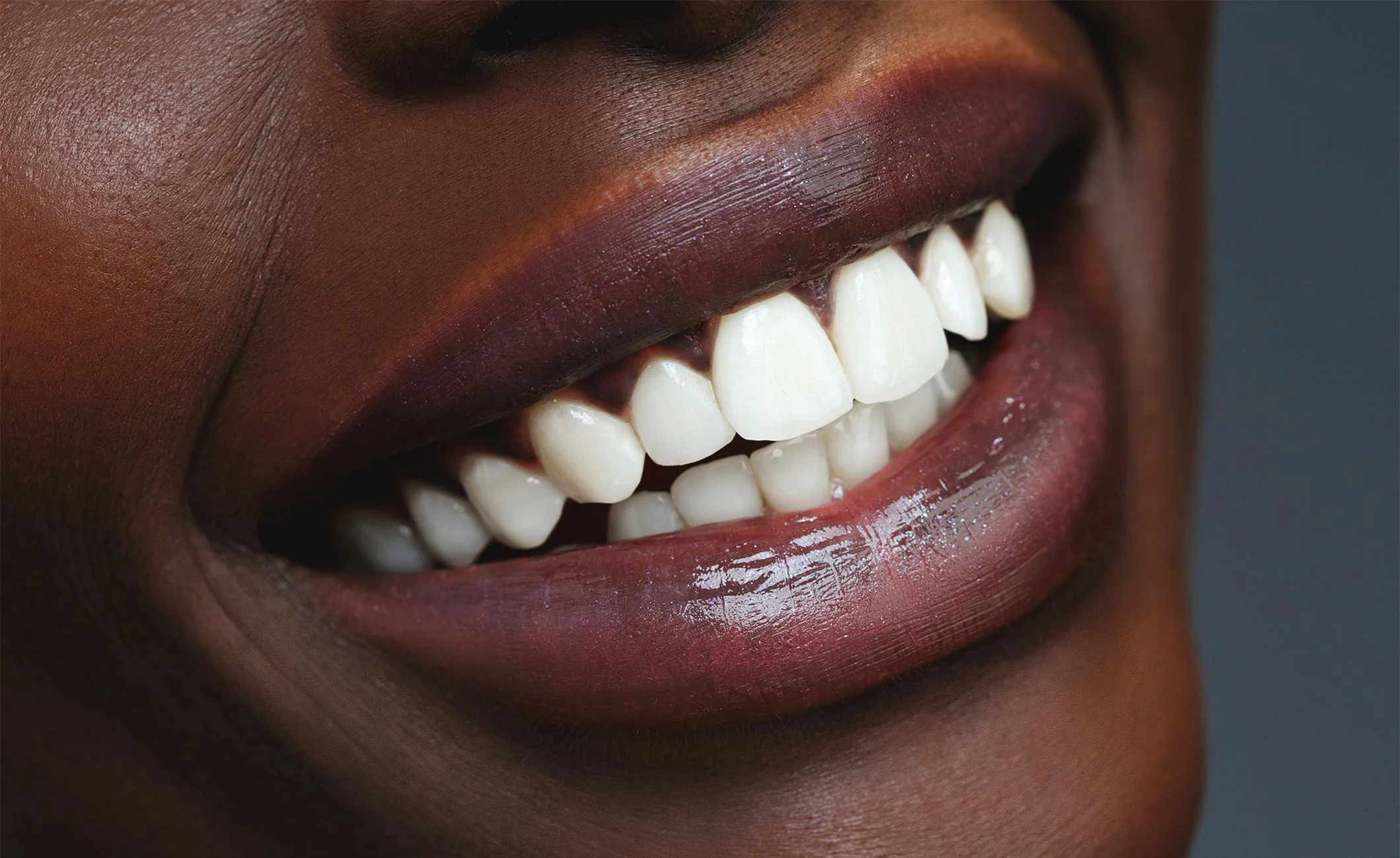Get the facts about teeth whitening from Health & Medical experts. Learn what works, what doesn’t, and the best whitening options for your smile. Many people hope to have a bright smile as white teeth are a commonly held belief that people strive for. However, the desire of having a pearly white is usually overwhelmed with a barrage of myths and false beliefs. Some of the topics that will be covered in this article include the realities and myths revolving around teeth whitening, expert opinions, popular queries involving different whitening techniques, dental products as well as natural methods.
What is Tooth Whitening
Teeth whitening is the removal of surface stains and discoloration from the teeth in order to restore the original whiteness or brightness of the teeth. There are several options for this, including professional procedures and over-the-counter products.
The Most Effective Procedures for Tooth Whitening
Many products remain in the pacific market, claiming great things about teeth whitening. Below are popular types of teeth whitening products available:
- Whitening Toothpaste: Use moderate abrasives to eliminate light stains. This is more so applied in the maintenance of white teeth rather than making a major change.
- Whitening Strips: These are thin strips that can stick to the teeth and are coated with a whitening gel solution in fact they have a slim profile. After a few weeks, people look forward to moderate outcomes and wish for sustained use of the product.
- Whitening Pens: These are easy to carry and are convenient for touch-ups. Expect minor improvement as a general rule.
- Activated Charcoal Products: Have always been said to be able to absorb all sort of stains from the surface because its deep black and penetrates because of its tiny surface area. For repeated use, there is no scientific basis for safe lethargy and efficiency.
Teeth Whitening Kits: Do They Actually Work?
Informed patients report significant benefits in the effectiveness of teeth whiteners for home use. But consider the following:
Personalized Kits: Usually incorporate trays which are shaped to one’s dentition for a more uniform application.
Peroxide Level: When utilized at home, the kits may take longer to yield results because they generally have lesser peroxide content than professional whiteners.
LED Whitening Systems: Such devices are designed for use in conjunction with chemicals oxidizers for synergistic effects and give clear improvement in a short period of time.
Comparison of Popular Teeth Whitening Kits
| Feature | Over-the-Counter Kits | Professional Kits |
|---|---|---|
| Peroxide Strength | Low | High |
| Time to See Results | 1-2 weeks | 1-2 sessions |
| Cost | Affordable | Expensive |
| Effectiveness | Moderate | High |
Teeth Whitening at the Dentist: What Are the Main Benefits?
When it comes to dental whitening, dentists often recommend in-office whitening procedures as the most effective option:
Specialization: Dentists use trays or lasers that are custom-made for your dental structure for efficiency.
Time: In most cases, such procedures will last one or two visits.
Risk-Management: Most of the time people are supervised by professionals making chances of gum irritation or enamel abuse low.
Although, it is argued that in-some-case these professionals suggest cost effective approaches, because it is such a great investment with long lasting results and reduced risks, it is being considered a more promising option by many.
What Are the MYTHS Associated With Teeth Whitening?
A lack of understanding about many aspects in beauty care routines has generated many false allegations, about the process. Facts need to be clarified from fallacies:
- Myth: Teeth are bleached and therefore weakened.
Fact: If everything is done correctly, whitening cannot damage enamel or weak teeth.
- Myth: The best natural whitener is baking soda
Fact: Baking soda is mildly abrasive, and as with any other substance overuse can lead to enamel erosion.
- Myth: The effects of teeth whitening last for time eternity.
Fact: Teeth whitening does not provide permanent results and requires further treatment to maintain.
- Myth: All whitening products are made with the same processes and methods.
Fact: The result depends on the percentage of peroxide used and the type of product used.
How Can You Whiten Your Teeth At Home?
For people interested in gentler treatments, the following may be more suitable:
Oil Pulling: Gargling with coconut or sesame oil can help with persistent stains and enhance oral hygiene.
Baking Soda and Hydrogen Peroxide: While a homemade paste can assist in teeth whitening if used occasionally, it is not advisable to use the two ingredients that often.
Fruits and Vegetables: Teeth and dental plaques can be nicely abrasive thanks to raw fruits and veggies like apples and celery.
Good Oral Hygiene Practices: Rinse, floss and brush twice a day to avoid thus stains and keep the teeth bright and whiter.

Natural vs. Chemical Whitening Methods
| Method | Natural Techniques | Chemical Techniques |
|---|---|---|
| Cost | Low | Moderate to High |
| Effectiveness | Gradual | Faster |
| Maintenance | Regular Use Needed | Periodic Touch-Ups |
| Risks | Minimal | Possible Sensitivity |
Oral Health Tips for Maintaining the Bright White Shade of Your Teeth for a Long Time
The first step is, of course, everything. But if you would like to preserve your achievements, make use of the following recommendations:
Stay Away from Staining Foods and Drinks: Coffee, red wine or any other dark berries and fruits are common culprits of staining.
Try Using a Straw: Limit the contact of teeth and colored liquids with a straw sneak attack.
Do Not Skip on Oral Hygiene: Two times daily brushing with fluoride toothpaste and flossing every day is ideal to make it a part of your routine.
Schedule and Attend Regular Dental Check Ups: Regular professional dental scaling helps in the removal of microorganism’s biofilms which contribute to tough stains.
Rinse Mouth After Meals: Washing out food particles helps in avoiding food related staining as well as the decaying of teeth.
FAQs
Q1: Which product has the fastest teeth whitening effects?
A: Other procedures employ the use of whitening toothpaste and strips, teeth whitening pens, teeth whitening strips, and teeth whitening treatment kits. But these treatments will not yield the best results.
Q2: Is there any risk if pre-made teeth whitening kits are used?
A: Yes, if the recommended procedure is followed. Infections can occur due to overuse.
Q3: What natural remedies can help in whitening teeth at home?
A: In addition, chamomile oil with baking soda paste and baking soda paste should help a lot. Furthermore, maintaining clean oral cavities is essential to effectively whiten teeth.
Q4: What is the average cost of teeth whitening in the US?
A: The average whitening cost in today’s economy is between 300 $ and 1000 $ perhaps using certain procedures would be able place it within that range.
Q5: Do whitening products work on all of teeth?
A: No, they are less effective on crowns, veneers and teeth with deep intrinsic stains.
Final Thoughts on Techniques of Teeth Whitening
Teeth whitening procedures enhance the smile giving a person self-worth as well as good looking features. Whatever the case is,safer teeth should always be the primary concern whether you go for professionally done whitening or do it at home. It is advised to use teeth whitening procedures in addition to good oral hygiene practices in order to achieve best results over a long term.







